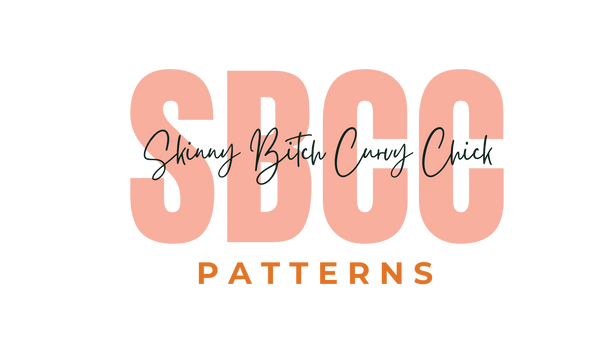
The sky's the limit when it comes to fabric choices. There really is no wrong answer. From traditional wool to spandex jersey, it's all been done. It's truly about the execution. If you are new to jackets I recommend a medium light to medium weight woven (think- heaviest weight quilting cotton for the light option). My general rule of thumb is pick out your fabric then put it back and choose something just a little bit lighter. I find that in general, sewers tend to choose fabrics that are too heavy and yield unflattering results. Remember, you are going to have a lining, so there will be two layers of fabric to give your jacket body.
Silk Options:

Wool Options

Cotton Options
A. Boucle- lighter/thinner than wool boucle

Polyester Options
No longer does it have the cheap handfeel of the original from the 1960's. Nowadays some of the more sustainable and innovative fabrics made fall within the polyester category. Look for it as a blend with any of the above. Some notable options:

Knit Options

Interfacing:
This is a very important component. This is basically the foundation which supports your jacket and will make a lot of diference in the drape. I know the easiest type of interfacing to find is the papery pellon-ish type. This is a no go for me. I prefer the tricot knits that allow your fabric to move instead of fall rigid in one place. Here’s a link to the one I buy all the time.
Linings
Sky’s the limit when it comes to lining. This is also a good opportunity to put that precious silk print you have in your stash to good use. I like to sometimes splurge on a fancy print for the body so it’s a pop of color or internal beauty, but if it’s $$$ a yard or meter then it’s totally ok to use a cheaper solid substitute for the sleeves.

To sum it all up, I think you get the idea that there are quite a lot of options and opportunities to express your creativity.

To Do Before Part 3:
- Choose your fabric and interfacing
- Cut out your pieces
- apply the interfacing


1 comment
Such a well-written article! I couldn’t stop reading. Also, I picked up a new atlanta braves wool varsity jacket and it’s amazing!